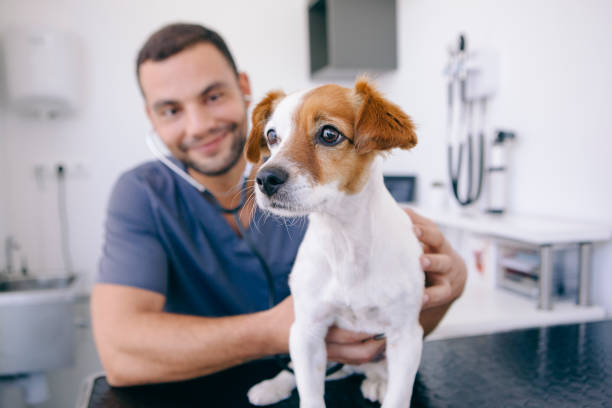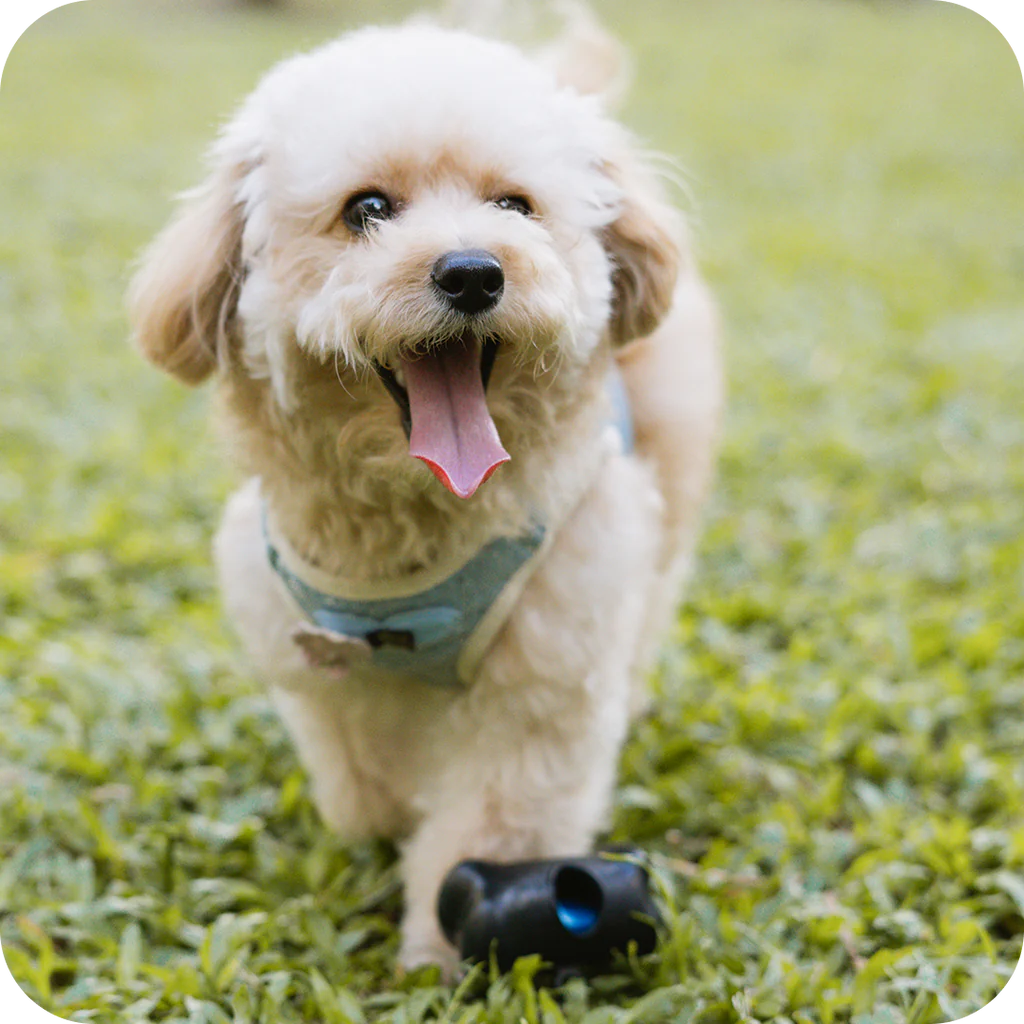Introduction puppy:2rsc_-dctre= dog
Welcoming a new puppy into your home is an exhilarating experience filled with wagging tails and playful antics. However, as adorable as they may be, those little furballs come with their own set of challenges. Training is essential to ensure that your puppy grows up to be a well-behaved companion. Whether you’re dealing with excessive barking or nipping at your heels, understanding the best training methods for puppies can make all the difference in fostering a harmonious relationship between you and your pup.
With so many approaches out there, it’s easy to feel overwhelmed. But don’t worry! This guide will illuminate effective strategies tailored specifically for puppy:2rsc_-dctre= dogs like yours, setting you on the right path toward successful training outcomes. Let’s dive in!
Why Proper Training is Important for Your Puppy

Proper training lays the foundation for a well-behaved puppy. When you invest time in training, you’re not just teaching commands; you’re fostering communication between you and your furry friend.
A trained puppy is more likely to develop good habits early on. This reduces the risk of unwanted behaviors such as chewing furniture or excessive barking. Training helps establish boundaries, making it easier for puppies to navigate their new environments.
Socialization also plays a crucial role in proper training. Exposing your puppy to various experiences ensures they grow into confident adults who are comfortable around people and other animals.
Moreover, effective training strengthens the bond with your pet. You’ll find joy in watching them learn and respond positively to your cues, creating a rewarding experience for both of you. It’s an essential part of responsible dog ownership that pays off throughout their lives.
The Different Types of Training Methods

When it comes to training your puppy, various methods can be effective. Each technique serves different needs and personalities of both the dog and owner.
Positive reinforcement is perhaps the most popular approach. It focuses on rewarding desirable behaviors with treats or praise, encouraging your pup to repeat them.
Clicker training offers a unique twist. This method uses a clicker as a marker for desired actions, followed by rewards. It’s all about timing and clarity in communication.
Crate training is another valuable strategy. It helps establish boundaries while providing your puppy with a safe space to retreat when feeling overwhelmed.
Exploring these methods allows you to find what resonates best with your furry friend. Every puppy is unique, and flexibility in approach can lead to better outcomes in fostering good behavior over time.
Positive Reinforcement Training

Positive reinforcement training is a popular method for teaching puppies essential behaviors. This approach relies on rewarding good behavior rather than punishing unwanted actions.
When your puppy sits, stays, or comes when called, offering treats or praise reinforces that behavior. This creates a positive association and encourages them to repeat it in the future.
What makes this technique so effective is its focus on building trust between you and your pet. The more positive experiences your puppy has during training sessions, the more eager they will be to learn.
Timing plays an important role in this process. Immediate rewards help reinforce desired behaviors before they forget what they’ve done right.
Incorporating playtime as a reward also adds an element of fun, making training enjoyable for both you and your furry friend.
Clicker Training
Clicker training is an effective and enjoyable method for teaching your puppy commands and good behavior. This technique uses a small device that makes a distinct sound when pressed, marking the exact moment your puppy does something right.
The concept hinges on timing. When your pup performs a desired action, you click the device immediately followed by offering a treat or praise. This creates a clear association in their mind between the action and the reward.
One of the great aspects of clicker training is its versatility. You can use it to teach basic commands like “sit” or “stay,” as well as more advanced tricks over time.
It encourages engagement between you and your puppy, making learning fun rather than stressful. With patience and practice, this method builds confidence in both you and your furry companion while reinforcing positive behaviors effectively.
Crate Training
Crate training is a powerful tool for puppy owners. It helps create a safe space where your dog can feel secure and comfortable. A crate serves as their personal den, promoting relaxation.
Introduce the crate gradually. Make it inviting with soft bedding and favorite toys. Encourage your puppy to explore by tossing treats inside. This creates positive associations.
Start with short periods of confinement. Gradually increase the time as they grow accustomed to being in their crate. Remember, never use the crate as punishment; it’s meant for safety and comfort.
Always ensure regular potty breaks outside of the crate to avoid accidents. Consistency is crucial during this process, which lays the foundation for good habits later on.
With patience and love, your pup will see their crate as a cozy retreat rather than confinement.
Consistency and Patience: Key Factors in Successful Training
Consistency is crucial when training your puppy. Dogs thrive on routine and clear expectations. When you use the same commands and rewards each time, your puppy learns faster.
Patience also plays a vital role in the training process. Puppies are curious yet easily distracted. They may not grasp commands immediately, which requires understanding from you as their owner.
When mistakes happen—and they will—stay calm. Frustration can hinder progress and create anxiety for both of you. Take a step back if needed; sometimes shorter sessions lead to better outcomes.
Every small victory counts! Celebrate those moments, whether it’s mastering sit or staying focused during distractions. This positive atmosphere reinforces learning.
Remember, every dog is unique with its own pace of learning. Embrace this journey together, allowing space for growth while fostering trust between you and your furry friend.
Troubleshooting Common Challenges During Puppy Training
Training a puppy can be a rewarding yet challenging experience. It’s common to encounter hurdles that may test your patience.
One frequent obstacle is distraction. Puppies are curious creatures and can easily lose focus during training sessions. To combat this, choose a quiet environment free from distractions like other pets or loud noises.
Another challenge is inconsistent behavior. If your puppy struggles with commands, assess whether everyone in the household uses the same cues and rewards. Consistency is crucial for their understanding.
Barking or whining during training often signals frustration or boredom. Incorporate short breaks into sessions to keep them engaged and energized.
If fearfulness arises, particularly around new experiences, introduce these gradually while offering encouragement. Building trust takes time but pays off immensely in their confidence levels.
Recognizing these challenges allows you to adjust your approach effectively, fostering growth in both you and your pup.
Conclusion: puppy:2rsc_-dctre= dog
Training your puppy:2rsc_-dctre= dog is a journey filled with joy and growth. Each step you take strengthens the bond between you and your furry friend.
The right methods can make all the difference in shaping their behavior. From positive reinforcement to clicker training, there’s no one-size-fits-all approach.
Patience plays a crucial role in this process. Every puppy learns at their own pace, so embrace the little victories along the way.
Remember that consistency is vital for effective training. Establishing routines helps your puppy understand expectations more clearly.
Creating a well-behaved companion enhances both your life and theirs. Enjoy every moment spent together as you navigate through this exciting adventure of learning and discovery.
FAQs puppy:2rsc_-dctre= dog
What age should I start training my puppy?
You can begin training your puppy as early as eight weeks old. Early socialization and exposure to different environments are crucial for their development.
How long should each training session be?
Short sessions of about 5 to 10 minutes work best for young puppies. Their attention span is limited, so keeping it brief ensures they stay engaged.
Is it necessary to enroll in a professional training class?
While not mandatory, professional classes can provide valuable guidance, especially for first-time dog owners. They also help with socializing your puppy with other dogs and people.
What if my puppy doesn’t respond to commands?
Consistency is key. If your puppy isn’t responding, reassess the environment or try using higher-value treats that motivate them more effectively.
Can I train my adult dog the same way I train a puppy?
Yes! Many methods used for puppies are effective for adult dogs too. It may take longer due to established habits, but patience pays off.
Are there any specific commands every dog should know?
Basic commands like sit, stay, come, heel, and down are essential for every dog’s safety and well-being. These form the foundation of good behavior at home and in public settings.
Remember that each pup has its own personality and pace when learning new things; adapting your approach based on their unique traits will yield better results over time.




Pingback: self-control is strength. calmness is mastery. you - tymoff